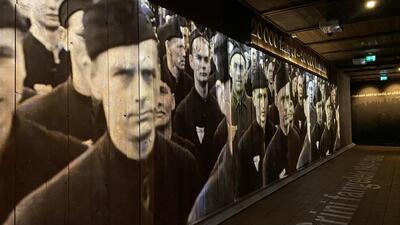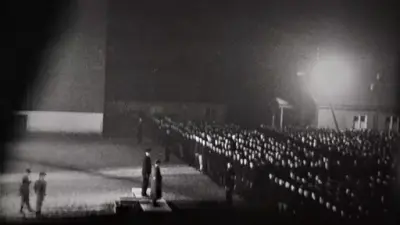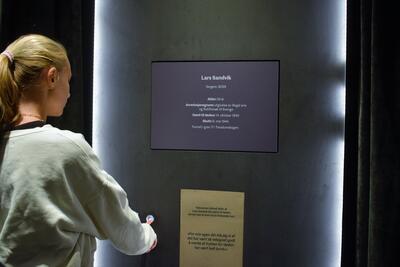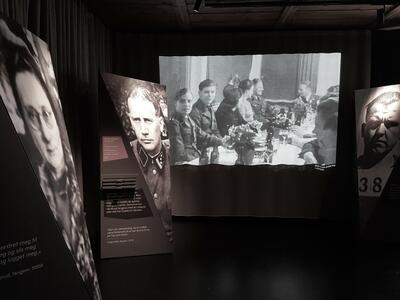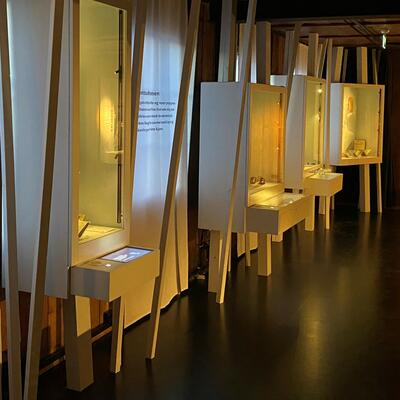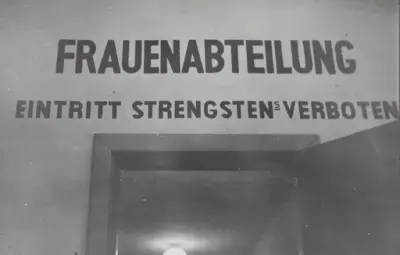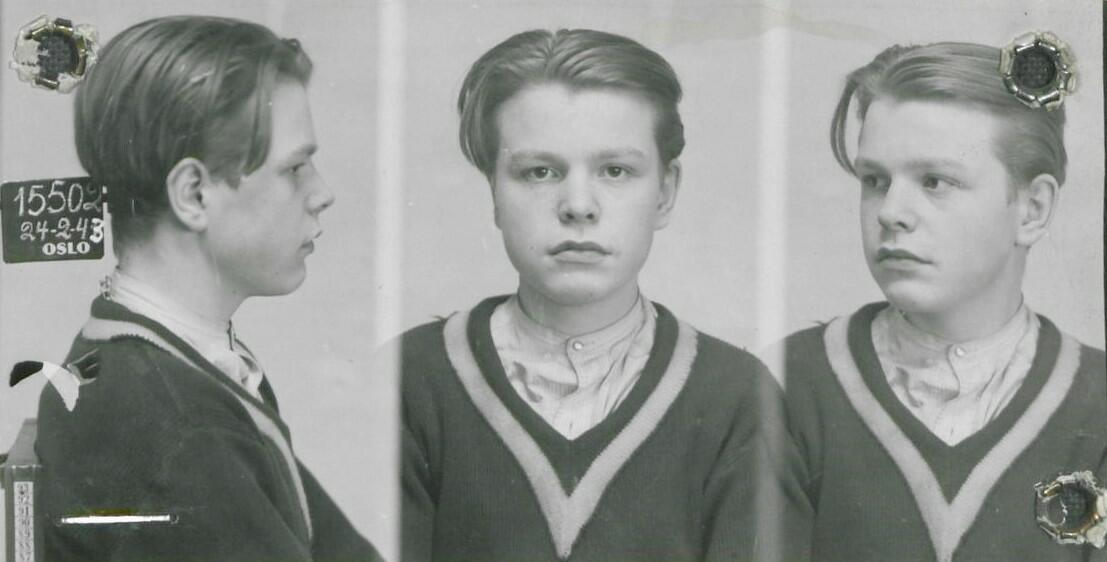
Arrest, Interrogation and Torture
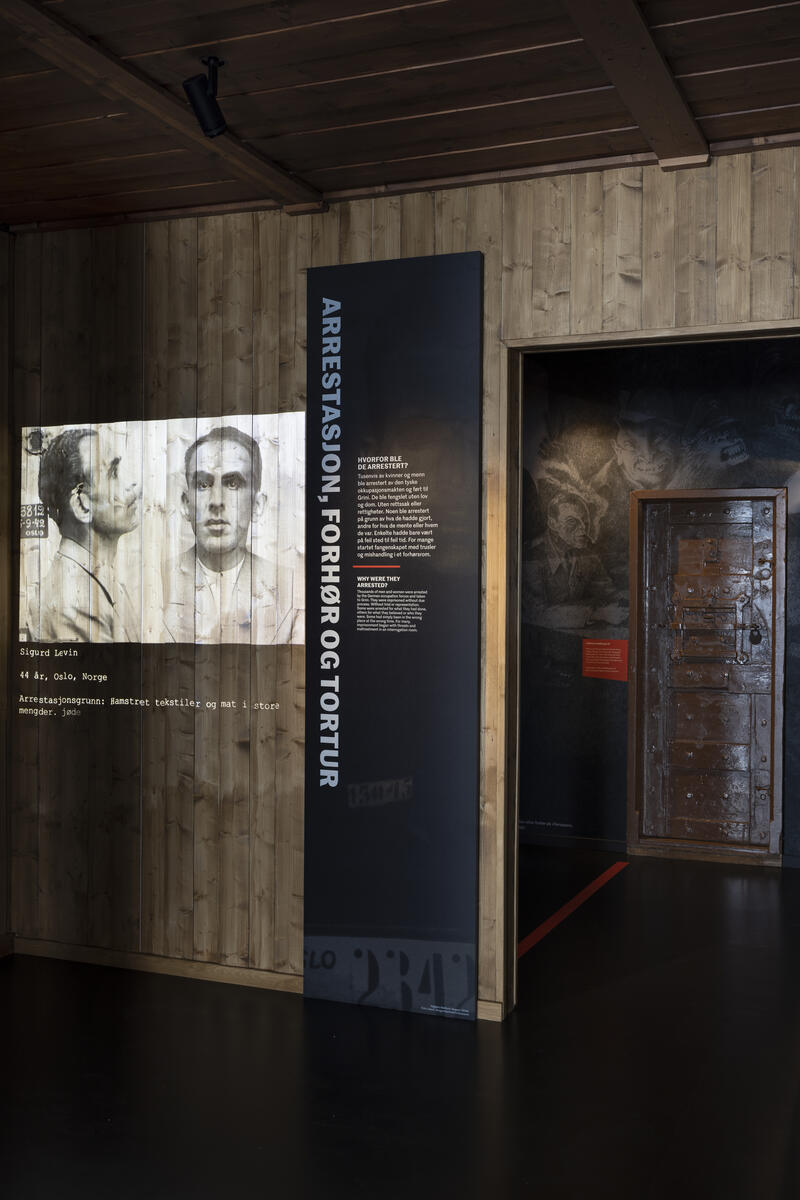
From June 1941 to May 1945, thousands of women, men and children were arrested by the German occupation forces and taken to Grini. Some were arrested because of what they had done. Others for what they believed, or who they were. Some had simply been in the wrong place at the wrong time.
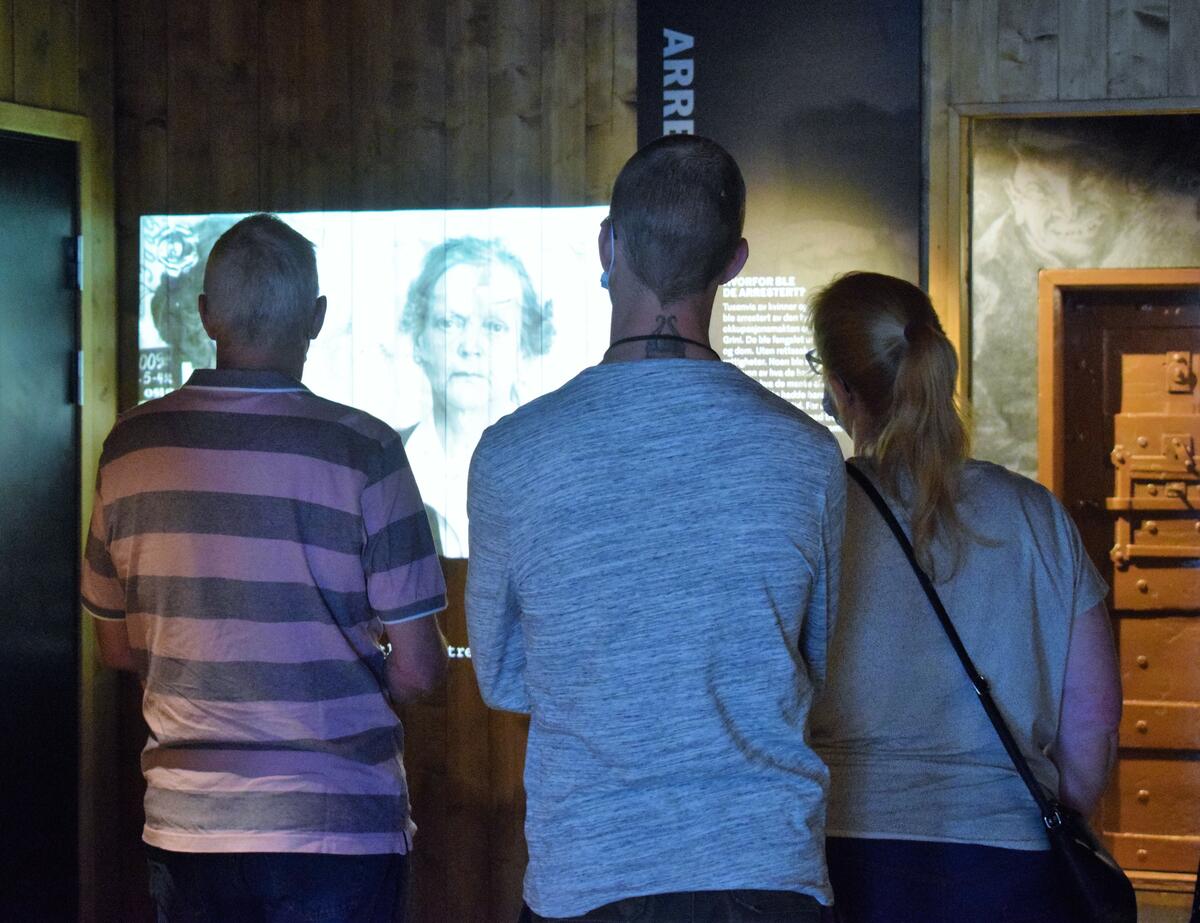
A digital installation displays photographs and brief information about a selection of prisoners. It shows the great diversity among the Grini prisoners - both in terms of background and reason for arrest.
- 1/1

For some, imprisonment began with threats and abuse in an interrogation room. The goal was to get them to reveal what they had done and who they had collaborated with.
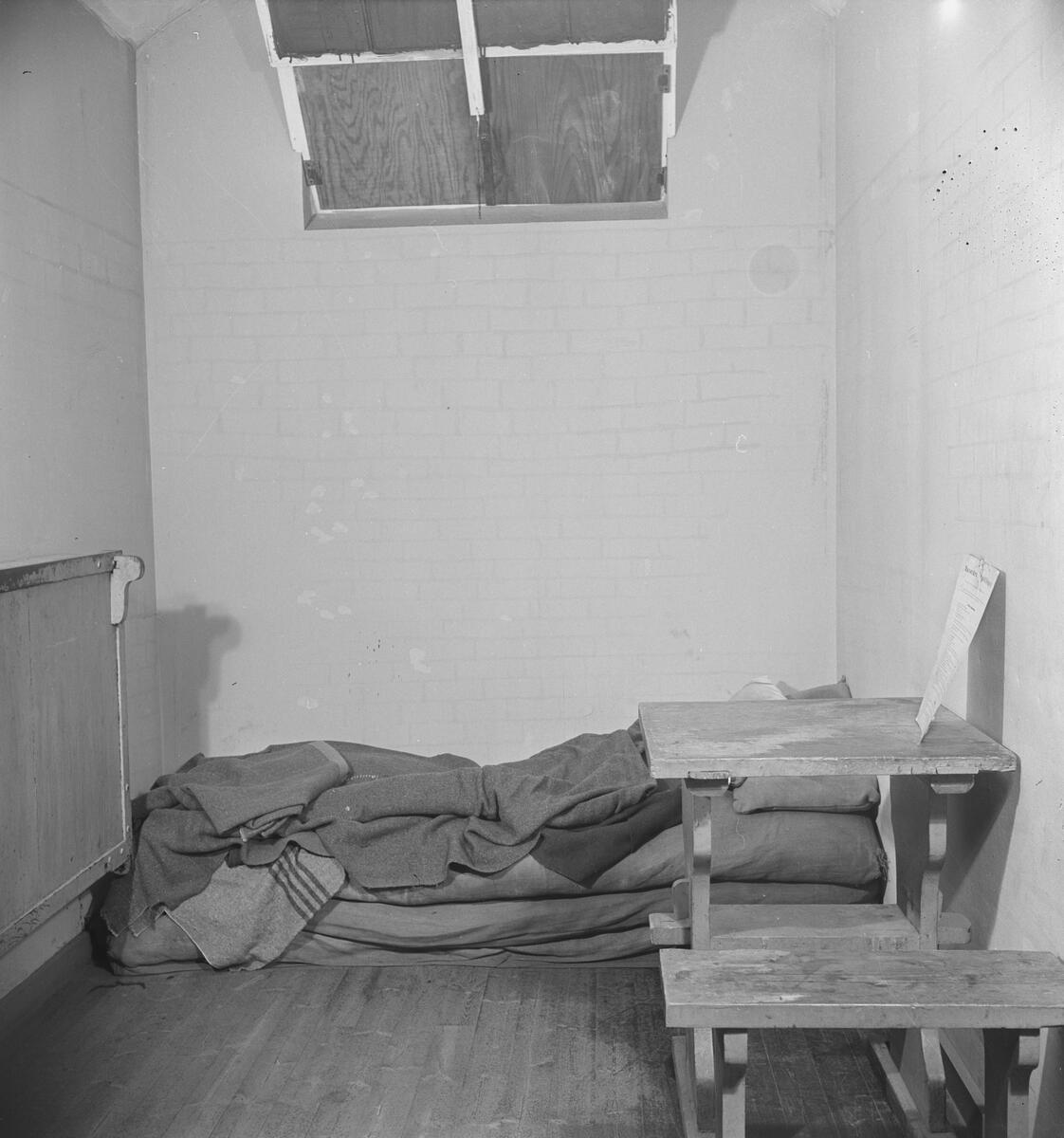
Many Grini prisoners spent the first part of their imprisonment in a cramped cell in the prison in Møllergata 19 in Oslo. Here they could sit for weeks or months at a time while being transported back and forth to the Gestapo headquarters in Victoria Terrasse for interrogation.
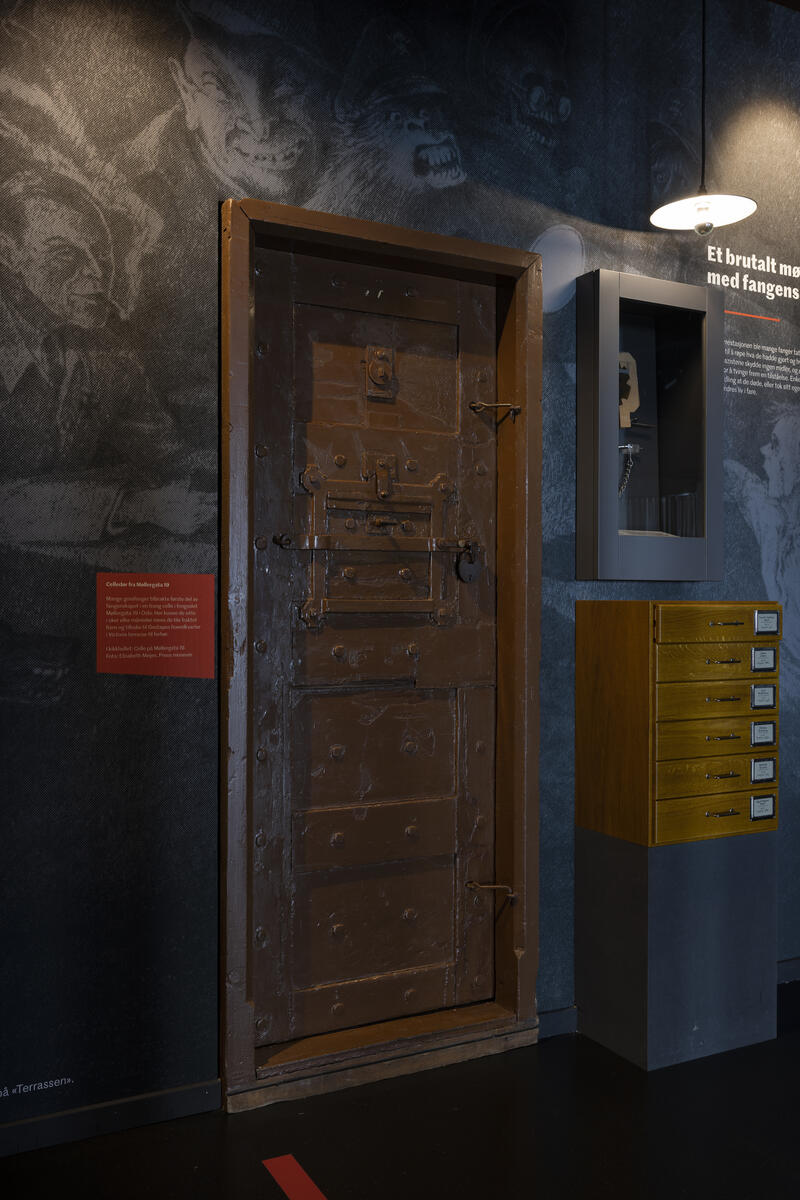
Brutal methods were used to force a confession. Some were subjected to such severe abuse that they died, or took their own lives for fear of giving a forced confession and endangering the lives of others.
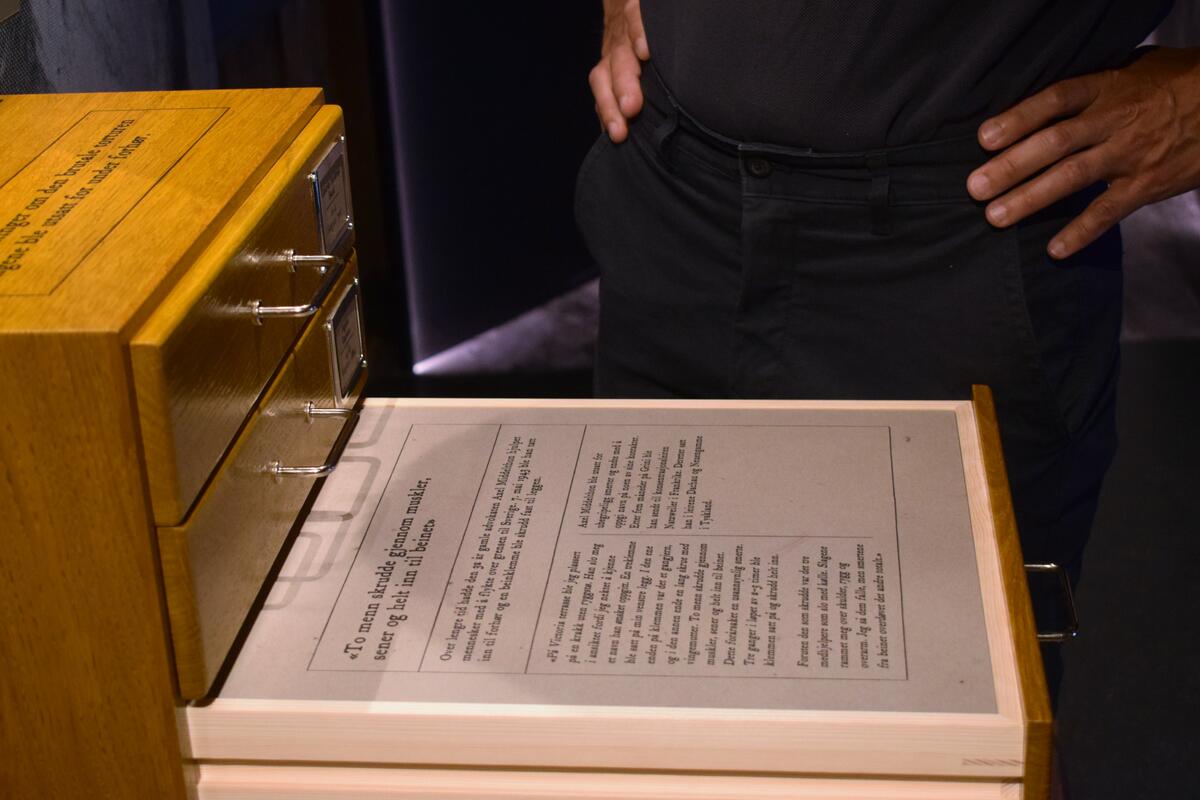
Hidden in drawers are powerful stories about prisoners who were tortured and abused. One of them was Lauritz Sand, who was at Grini for several years, and who was repeatedly brought in for new interrogations and subjected to cruel torture.
When I collapsed on the floor and still refused to give up any of my connections, they all pounced on me. I was beaten with a rubber baton and a wire. The blows hit me across the back, neck, legs, chest, stomach and under the soles of my feet. Some of this happened while I was unconscious
